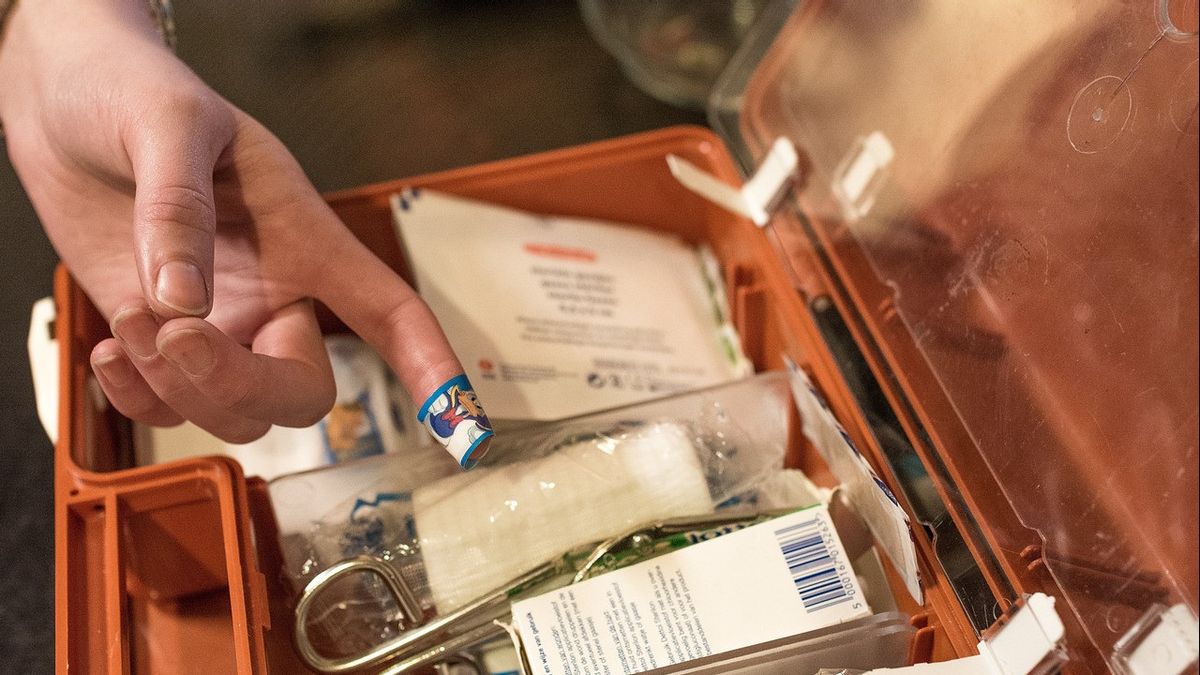YOGYAKARTA There are still many people who don't know how to wrap the wound properly. In fact, wrapping the wound is the most basic help that can be done so that open wounds are not exposed to bacteria that cause infection.
Despite the severity, the way to wrap the wound will remain the same. Both minor injuries and gunshot wounds, the principle of sanitary napkins tends to be identical.
The thing that distinguishes each wound care is the wound sanitary napkins. The use of sanitary napkins aims to protect wounds and prevent infection, as well as speed up the healing process.
Minor injuries can usually be treated at home. While larger injuries need to be treated by medical personnel.
Summarized from various sources, here are how to wrap the correct wound:
1. Stop bleeding
Stopping bleeding is the first step you have to do before wrapping a wound open with a bandage.
Do not let the blood continue to flow from the wound. Use tissue, cloth, cassava, or other sterile covering equipment to immediately stop bleeding from the wound.
Touching with other people's blood also risks certain diseases. When possible, protect yourself by following precautions and wearing personal protective equipment, such as nitril gloves and masks.
In addition, you must also be able to assess the bleeding that occurs. Bleeding is a little okay because it helps remove dirt from the wound, but a lot of bleeding must be addressed immediately.
2. Clean the wound
After stopping bleeding, the next step is to clean the wound. You can do it the following way:
3. Applyitions for wounds
Salep for wounds is divided into two types, namely antiseptics and antibiotics. The use of controls for wounds is an important step to prevent infection and speed up the healing process.
4. Cover the wound with a bandage
Closing or wrapping wounds with bandages is very surprising because open wounds are at risk of touching clothes, pants, or being exposed directly to bacteria and germs.
To cover the wound, cut the Kasal cloth or other sterile sanitary napkins and adjust them to the size of the wound. Finally, give the glue to the sanitary napkins so that they cannot be released.
Make sure you regularly replace these sanitary napkins at least every 6-12 hours, or after they feel they are no longer sterile.
VOIR éGALEMENT:
Immediately ask for medical help if your injuries experience the following:
That's the information on how to wrap the wound properly. Hopefully this article can add insight to the loyal readers of VOI.ID.
The English, Chinese, Japanese, Arabic, and French versions are automatically generated by the AI. So there may still be inaccuracies in translating, please always see Indonesian as our main language. (system supported by DigitalSiber.id)













